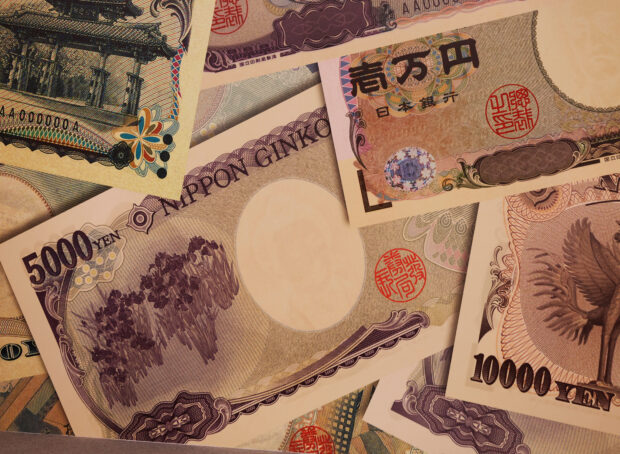
TOKYO —Japan’s top currency officials warned on Wednesday against what they described as rapid and speculative yen moves overnight when the Japanese currency broke past 150 yen, undermining the trade-reliant economy.
The dollar rose to three-month peaks on late Tuesday after data showed U.S. inflation rose more than expected in January, reinforcing expectations the Federal Reserve will hold interest rates steady in March.
“We are watching the market even more closely,” Finance Minister Shunichi Suzuki told reporters. “Rapid moves are undesirable for the economy.”
Asked whether authorities could intervene in the currency market, Suzuki left his office at the Ministry Finance without a word.
READ: What would Japanese intervention to boost the weak yen look like?
Earlier, Japan’s top currency diplomat Masato Kanda said the nation would take appropriate actions on forex if needed.
“Recent currency moves are rapid. The yen has weakened by nearly 10 yen over the period of one month or so, such a rapid move is not good for the economy,” Kanda, the vice finance minister for international affairs, told reporters at his office.
When asked whether the appropriate steps could include intervening in the market to stem the yen weakness, Kanda said authorities would take the most appropriate action.
“We are always watching the market 24 hours a day, 365 days a year to prepare for anything that may happen, just like natural disasters.”
Market players have been pondering the future pace of the Fed rate cuts while speculating about the timing about the Bank of Japan’s exit from negative interest rates policy.
READ: Japan to respond to FX moves with ‘strong sense of urgency’ -Finance chief
Japan intervened in the currency market three times in 2022 when the yen plunged to 32-year lows near 152 yen to the dollar, conducting rare dollar-selling, yen-buying intervention.
Authorities have not intervened in the market since then. Kanda shrugged off speculation that Japan has put a line in the sand around 150 yen.
“We are not targeting specific currency levels, but we are comprehensively taking various factors into account, such as that how rapid the moves are and how far away they deviate from fundamentals.”

